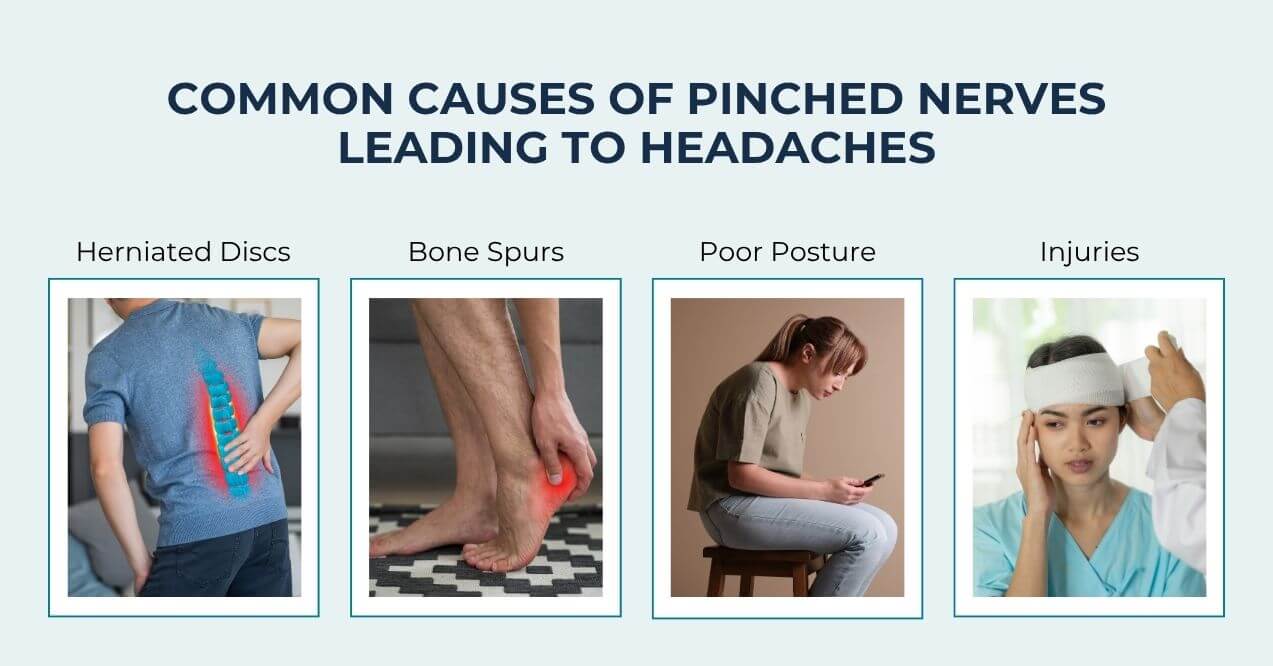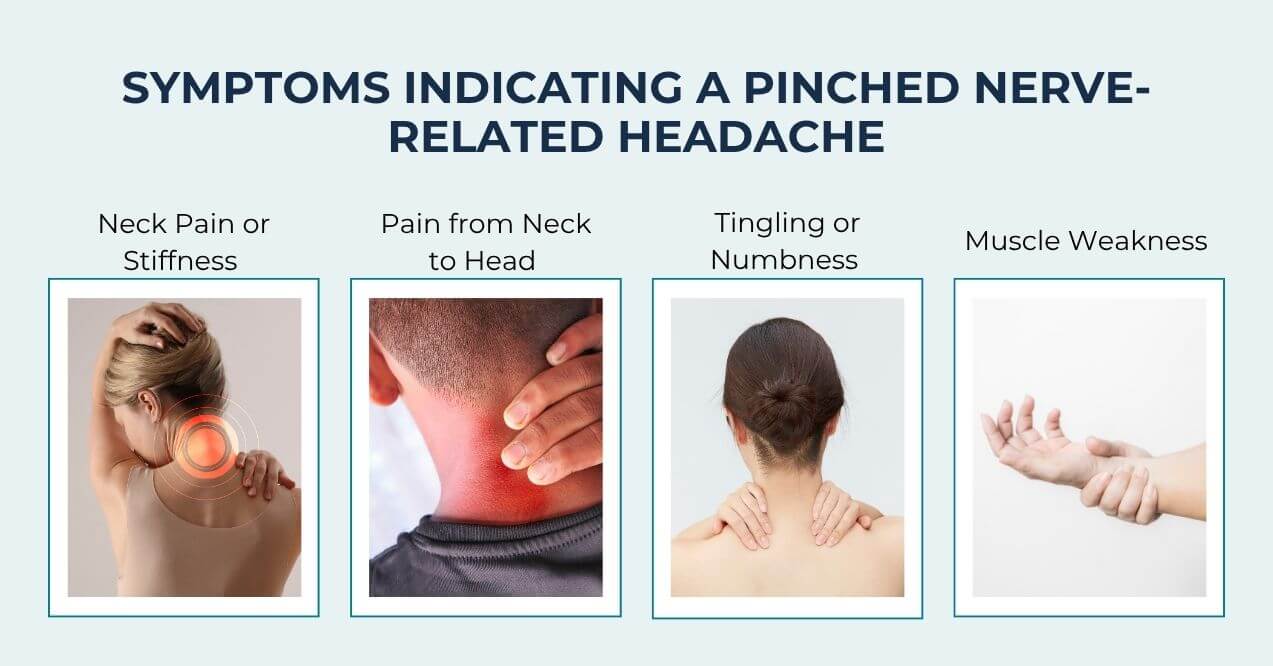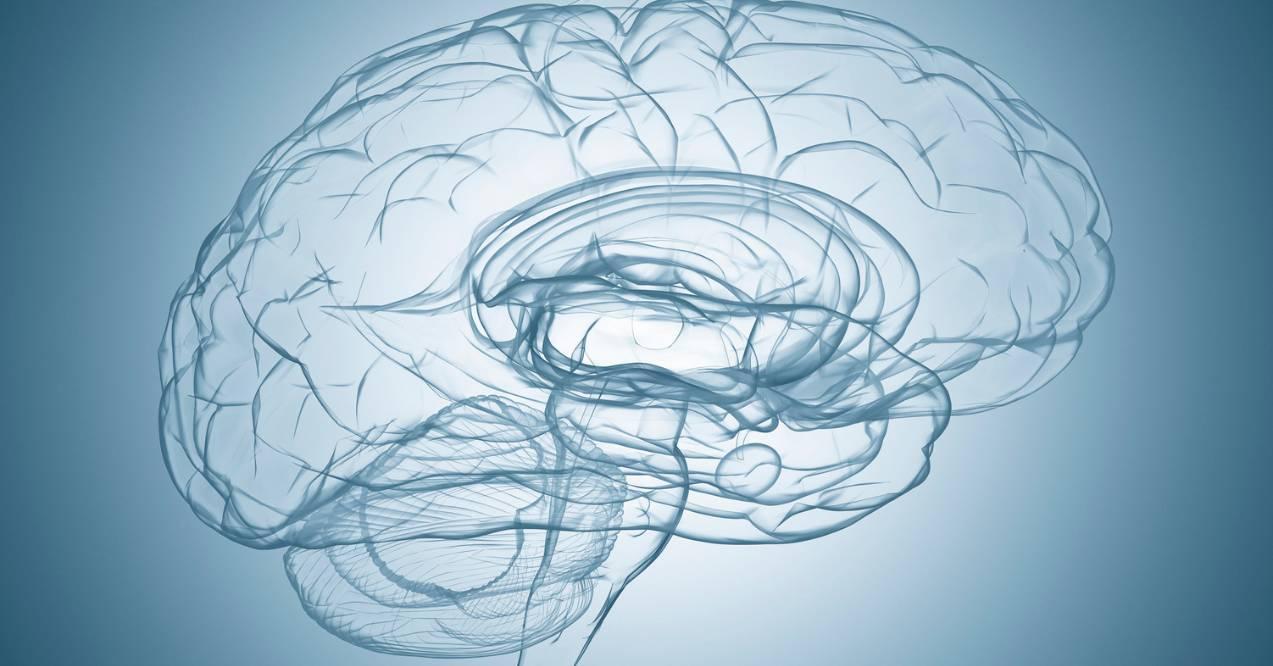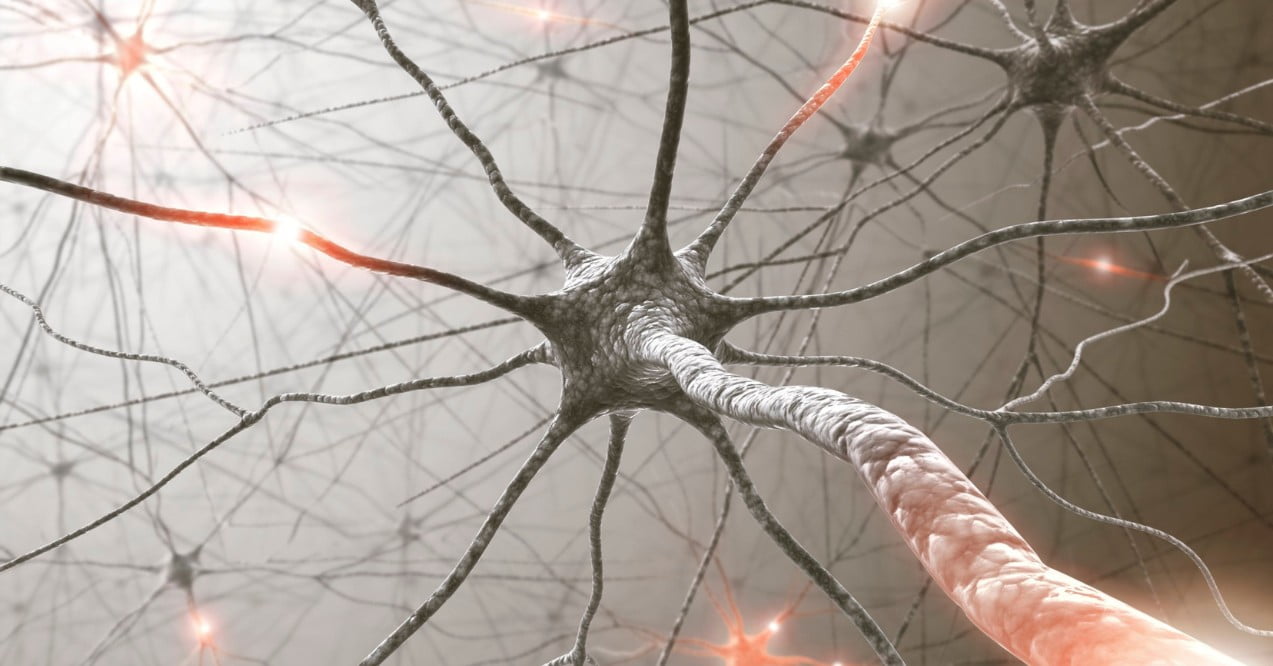Does a Pinched Nerve Cause Headaches?
Does a pinched nerve cause headaches? Yes. Learn how cervical radiculopathy triggers cervicogenic headaches and proven relief methods.


Headaches affect millions of people daily, yet many don’t realize their neck could be the source. However, does a pinched nerve cause headaches? A pinched nerve in neck might trigger head pain that feels just like a regular headache. This connection between neck problems and headaches often goes unnoticed, leading to ineffective treatments.
When nerves in your neck become compressed, they can send pain signals to your head. This article explores how pinched nerves cause headaches, what symptoms to watch for, and practical ways to find relief. You’ll discover both medical and natural approaches to address this often-overlooked cause of head pain.
Can a Pinched Nerve Cause Headaches?

Yes, a pinched nerve can cause headaches. When nerves in your neck become compressed, they often trigger pain that travels to your head. This type of headache, called a cervicogenic headache, originates from problems in your cervical spine (neck area).
The connection works through your body’s nerve pathways. Compressed nerves in your neck send pain signals that your brain interprets as head pain. This referred pain can feel similar to migraines but has a different source. Many people experience relief once they address the neck issue rather than just treating the headache symptoms.
Cervical radiculopathy, the medical term for a pinched nerve in the neck, affects thousands of people yearly. The pain typically starts at the base of your skull and may spread to one side of your head. Recognizing this connection helps you seek appropriate treatment and find lasting relief.
Understanding Cervicogenic Headaches
Cervicogenic headaches are secondary headaches that start in your neck, not your head. Unlike primary headaches such as migraines or tension headaches, these originate from structural problems in your cervical spine. The pain travels along nerve pathways from your neck to your head.
These headaches have distinct characteristics that set them apart. The pain usually affects one side of your head and may worsen when you turn your neck or hold it in certain positions. You might also notice neck stiffness or reduced range of motion. The headache often starts at the base of your skull and radiates forward.
What makes cervicogenic headaches unique is their mechanical nature. Specific neck movements or positions can trigger or worsen the pain. This differs from migraines, which typically involve sensitivity to light and sound. Recognizing these differences helps healthcare providers develop targeted treatment plans.
Common Causes of Pinched Nerves Leading to Headaches

Several conditions can compress nerves in your neck and trigger headaches:
Herniated Discs
The soft cushions between your neck vertebrae can bulge or rupture. When disc material pushes out, it may press on nearby nerves. This compression often causes both neck pain and headaches that radiate up from the base of your skull.
Bone Spurs
As we age, small bone growths can develop on the vertebrae. These spurs narrow the spaces where nerves travel through your neck. The reduced space puts pressure on nerves, potentially causing nerve compression headaches that worsen with neck movement.
Poor Posture
Hours spent looking down at phones or hunching over computers strain your neck. This forward head position compresses nerves and blood vessels. The aging nervous system becomes more sensitive to these postural stresses, making proper alignment even more important for preventing headaches.
Injuries
Whiplash from car accidents or falls can damage neck structures. The resulting inflammation and scar tissue may compress nerves. Even old injuries can cause problems years later as the body compensates for the damage.
Symptoms Indicating a Pinched Nerve-Related Headache

Recognizing the signs of a pinched nerve headache helps you seek appropriate care. These symptoms often appear together and follow predictable patterns.
Neck Pain or Stiffness
The most common sign is discomfort in your neck that occurs before or during the headache. You may notice difficulty turning your head or a feeling of tightness. This neck pain often feels different from regular muscle soreness – it’s deeper and more persistent.
Pain Radiating from Neck to Head
The headache typically starts where your neck meets your skull. Pain then travels up one side of your head, following nerve pathways. This one-sided pattern helps distinguish it from tension headaches, which usually affect both sides equally.
Tingling or Numbness
Many people experience unusual sensations in their shoulders, arms, or hands. These feelings may come and go or remain constant. The tingling often follows specific nerve distributions, creating predictable patterns that help with diagnosis.
Muscle Weakness
Your grip strength may decrease, or you might drop things more often. Arm muscles may feel tired or heavy. This weakness indicates that the pinched nerve affects both sensory and motor functions, requiring prompt attention to prevent further complications.
Diagnosing a Pinched Nerve Causing Headaches
Getting an accurate diagnosis starts with a thorough evaluation by a healthcare professional. They’ll examine your symptoms and perform specific tests to confirm whether a pinched nerve causes your headaches.
During your medical history review, your provider will ask about your headache patterns and neck symptoms. They’ll perform physical tests to check your neck mobility and identify painful movements. The Spurling test, where your head is turned and gently compressed, can reproduce symptoms if a pinched nerve is present.
Imaging tests provide detailed views of your neck structures. MRI scans show soft tissues like discs and nerves clearly. CT scans reveal bone problems that might compress nerves. These images help identify the exact location and cause of nerve compression.
Nerve conduction studies measure how well electrical signals travel through your nerves. These tests can confirm nerve damage and determine its severity. The results guide treatment decisions and help predict recovery time.
Treatment Options for Relief

Multiple approaches can effectively address pinched nerve headaches. The best treatment plan often combines several methods tailored to your specific needs and condition severity.
- Physical Therapy – Targeted exercises strengthen neck muscles and improve posture. A physical therapist teaches specific movements to decompress nerves and reduce pain. Regular sessions often provide lasting relief by addressing the root cause rather than just symptoms.
- Medications – Anti-inflammatory drugs reduce swelling around compressed nerves. Muscle relaxants may help if muscle spasms contribute to the problem. For severe pain, prescription medications can provide temporary relief while other treatments take effect. Your healthcare provider will recommend the safest options based on your health history.
Lifestyle Modifications
- Adjust your workstation to maintain neutral neck position
- Use supportive pillows that keep your neck aligned during sleep
- Take frequent breaks from activities that strain your neck
- Practice stress-reduction techniques to decrease muscle tension
Surgery becomes an option when conservative treatments fail after several months. Modern minimally invasive procedures can decompress nerves with shorter recovery times. Most people find relief through non-surgical methods, making surgery relatively rare.
Supporting Nerve Health Naturally
Natural approaches can complement medical treatments and support overall nerve health. Proper nutrition plays a vital role in nerve function and repair.
B vitamins, particularly B12 and B6, support nerve health and may reduce pain. Omega-3 fatty acids found in fish oil have anti-inflammatory properties. Magnesium is known to relax muscles and may decrease headache frequency.
PureHealth Research’s Nerve ReGen Formula combines key nutrients specifically chosen to support nerve health. Its ingredients work together to promote nerve function and overall well-being. This targeted approach may help address nutritional gaps that affect nerve health.

Regular gentle exercise improves blood flow to nerves and promotes healing. Walking, swimming, and yoga are excellent low-impact options. Staying hydrated helps maintain the protective covering around nerves. These simple steps support your body’s natural healing processes.
Preventing Pinched Nerve-Related Headaches
Prevention focuses on maintaining proper neck alignment and reducing strain on your cervical spine. Small daily changes can significantly reduce your risk of developing pinched nerves.
Maintain Good Posture
Keep your head directly over your shoulders, not forward. Adjust computer screens to eye level to avoid looking down. When using phones, bring them up rather than bending your neck down. These adjustments reduce chronic strain on neck structures.
Regular Exercise
Strengthen neck and upper back muscles with targeted exercises. Simple chin tucks and shoulder blade squeezes can make a big difference. Consistency matters more than intensity – even 10 minutes daily helps maintain neck health.
Ergonomic Workspace Setup
Position your workspace to support neutral neck alignment:
- Monitor at eye level, arm’s length away
- Keyboard and mouse at elbow height
- Chair with proper lumbar support
- Document holder beside the screen to avoid neck twisting
Stress Management
Chronic stress increases muscle tension in your neck and shoulders. Deep breathing exercises, meditation, or gentle stretching can release this tension. Regular relaxation practices may prevent stress-related nerve compression.
Key Takeaways
So, does a pinched nerve cause headaches? A pinched nerve in your neck can indeed cause headaches, offering hope to those who haven’t found relief through traditional headache treatments. These cervicogenic headaches respond best to treatments that address the neck problem rather than just masking pain symptoms.
The path to relief often involves multiple approaches working together. Physical therapy, proper posture, and lifestyle changes form the foundation of treatment. Natural supplements and stress management techniques provide additional support. Most people find significant improvement without needing invasive procedures.
Cervicogenic headaches start in the neck and worsen with neck movement. They typically affect one side without nausea or light sensitivity. Migraines often include visual disturbances, nausea, and sensitivity to light and sound.
Yes, sustained poor posture strains neck structures over time. Forward head position compresses nerves and blood vessels. This chronic compression can eventually cause nerve irritation and headaches.
Chin tucks, neck stretches, and upper back strengthening exercises help maintain spinal alignment. Regular practice reduces compression risk. A physical therapist can teach proper form for maximum benefit.
Seek care if headaches persist despite home treatment, worsen over time, or include numbness, weakness, or vision changes. Sudden severe headaches or those following injury need immediate evaluation.
Sign up for our Healthy Living newsletter!
Advertisement. This site offers health, wellness, fitness and nutritional information and is designed for educational purposes only. You should not rely on this information as a substitute for, nor does it replace, professional medical advice, diagnosis, or treatment. If you have any concerns or questions about your health, you should always consult with a physician or other health-care professional. Do not disregard, avoid or delay obtaining medical or health related advice from your health-care professional because of something you may have read on this site. The use of any information provided on this site is solely at your own risk.










